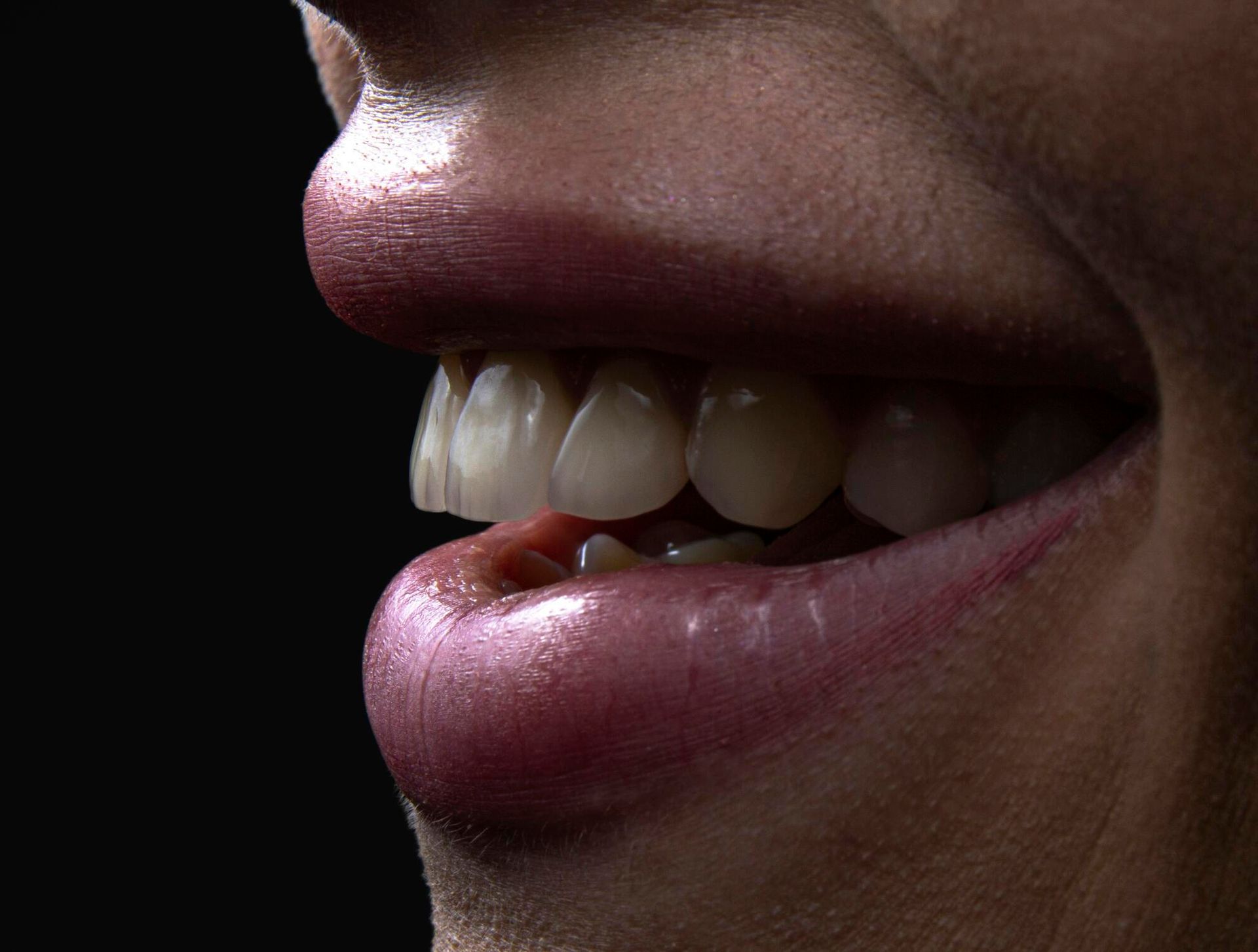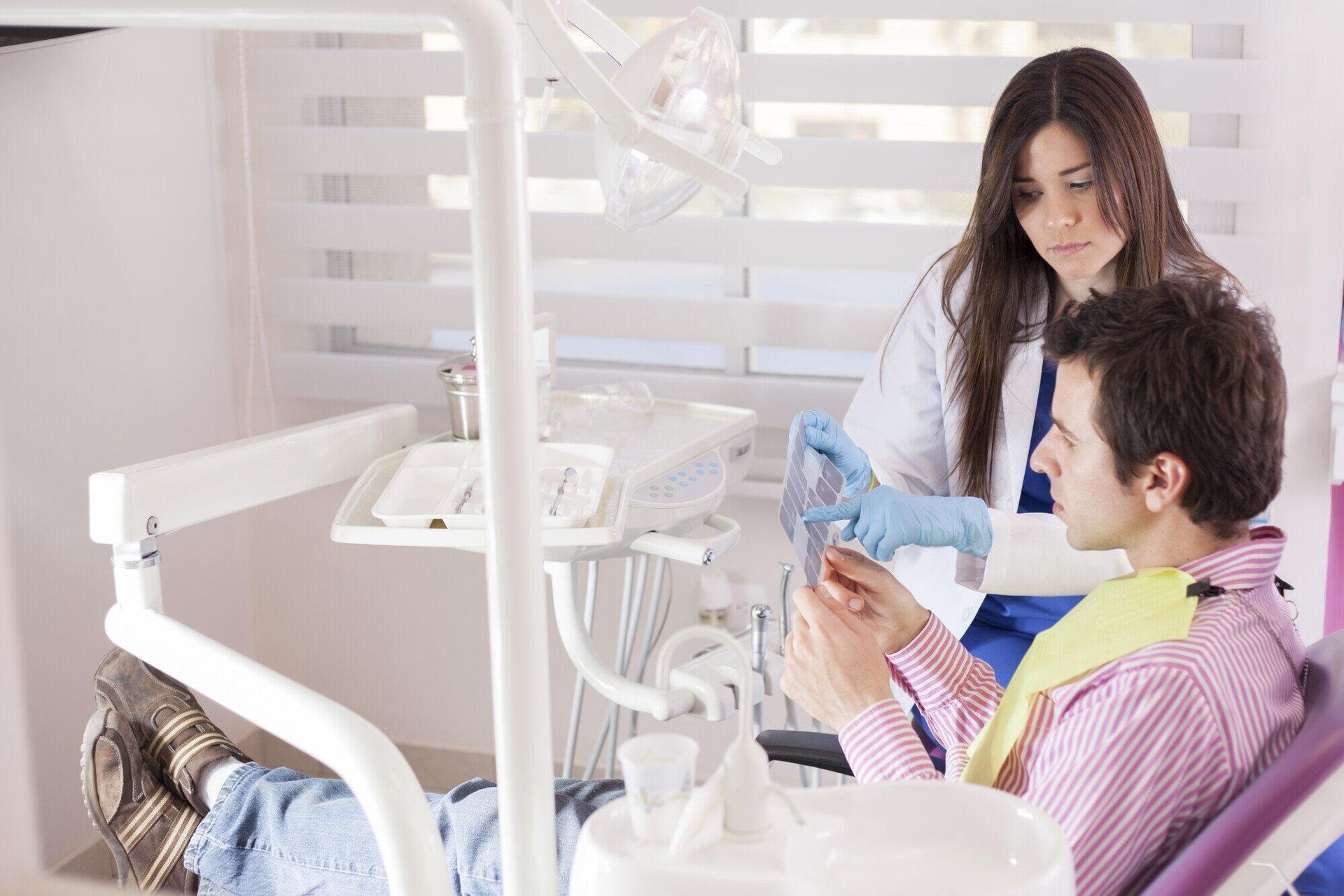A study of nearly 800 people showed that those who received dental implants in 2016 also needed dental bone grafts. What is a dental bone graft? And should you consider one?
If your dentist has mentioned that a dental bone graft might be needed, it's important to understand the different types of procedures and what they entail. Keep reading, and we will cover everything you need to know about dental bone grafts, from the different types of grafts to the risks and benefits.
What Is a Dental Bone Graft?
A dental bone graft is a procedure in which bone is transplanted from one area of the body to the jaw in order to improve the strength and stability of the jawbone. The graft may be used to build up the jawbone in order to support dental implants or to correct a defect in the jawbone.
Types of Dental Bone Grafts
There are several types of dental bone grafts. The type of graft used will depend on the needs of the patient.
- Autograft
- Allograft
- Xenograft
- Alloplasts
An autograft involves taking bone from another area of the patient's body, such as the hip or jaw, and transplanting it to the jaw. Allografts involve using bone from a donor. The bone may come from a cadaver or from a living donor who has had surgery to remove bone from their body.
A xenograft uses bone from another species, such as a cow or pig. Alloplasts are artificial bone substitutes.
Why Do People Get Dental Bone Grafts?
This procedure is often performed on patients who have lost teeth due to periodontal disease or injury. There are several reasons someone might choose to have a dental bone graft.
Support Dental Implants
Dental implants are the best option for replacing missing teeth, but in order for them to be successful, there must be enough bone to support them. Without sufficient bone, the implant will not be able to fuse properly to the jawbone and will eventually fail. A bone graft can provide the necessary support for dental implants.
Prevent Teeth from Shifting
When teeth are lost, the remaining teeth can begin to shift out of place. This can cause problems with eating and speaking and can also lead to further tooth loss. A bone graft can help prevent this by preserving the structure of the jawbone.
Fill in Gaps in the Jawbone
When bones are lost due to injury or disease, it can leave behind gaps in the jawbone. This can make the jawbone weaker and more susceptible to fracture. A bone graft can help fill in these gaps and make the jawbone stronger.
How Is a Dental Bone Graft Performed?
A dental bone graft is a surgical procedure whereby healthy bone tissue is transplanted to the jaw in order to provide support for dental implants. The procedure is typically performed by an oral surgeon or periodontist and usually takes place in an outpatient setting.
In order to prepare for the procedure, the patient will be given local anesthesia to numb the treatment area. Once the anesthesia has taken effect, the surgeon will make an incision in the gums in order to access the underlying bone.
A small piece of bone will then be taken from another part of the body (usually the hip) and transplanted into the jaw. The incisions will be closed with sutures, and a dressing may be placed over the graft site.
The recovery process following a dental bone graft can take several months. During this time, it is important to avoid putting any undue stress on the graft site by eating soft foods and refraining from smoking.
With proper care and healing, however, most patients are able to enjoy successful results from their dental bone grafts.
What Are the Risks of a Dental Bone Graft?
When considering a dental bone graft, it is important to be aware of the risks involved. These risks are very similar to the risks of other types of procedures and can include the following:
- Infection at the graft site
- Bleeding or bruising
- Pain and swelling
- Numbness or tingling in the grafted area
- Difficulty swallowing or speaking
- Allergic reaction to the materials used in the graft
It is also important to note that there is a small risk of the body rejecting the bone graft material. This typically only occurs when the body is unable to assimilate the graft material properly. In most cases, this can get remedied with medication or by modifying the type of bone graft material used.
What Are the Benefits of a Dental Bone Graft?
The purpose of a dental bone graft is to improve the strength and stability of the jawbone, which can improve the chances of successful dental implants. This is a huge benefit alone; however, there are some other benefits.
Some of these include:
- Improved appearance of teeth and gums
- Enhanced chewing function
- Diminished risk of future tooth loss
How to Prepare for a Dental Bone Graft
If you are considering a dental bone graft, here are a few things you can do to prepare for the surgery:
- Talk to your dentist about any concerns you have and what you can expect during and after the surgery
- Quit smoking at least two weeks prior to surgery, as this increases the risk of complications
- Eat a healthy diet and take vitamins C and D supplements to promote healing
- Arrange for someone to drive you home after the surgery
- Follow all pre-operative instructions from your dentist or surgeon
Choose the Best for Your Dental Health
A dental bone graft is a procedure used to replace or rebuild lost bone in the jaw. This can get done for a variety of reasons, such as to prepare the jaw for dental implants or to correct a deformity.
The procedure is usually safe and effective, but as with any surgery, there are some risks involved. If you're considering a dental bone graft, be sure to talk to your dentist about all the potential risks and benefits before making a decision.
Are you looking for an oral surgeon in Lutz, FL? Tersa Oral and Facial Surgery is here to help you get the dental care you need. Request an appointment today to learn more about bone graft options.




